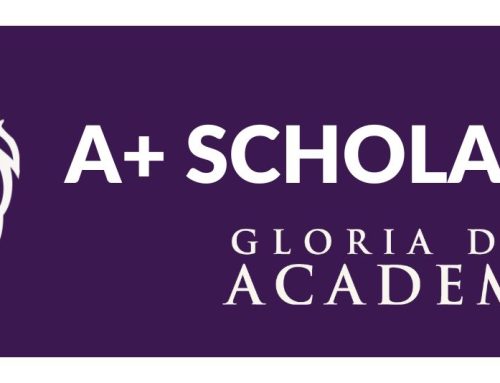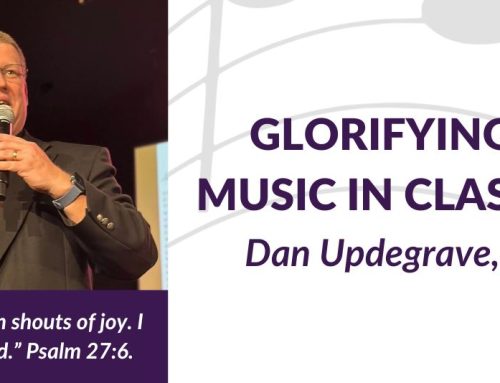If you talk to parents or teachers about the components that make up a solid classical education, the answers vary greatly. Some people say classical education means a chronological study of history. Others say classical education means a rigorous curriculum. Perhaps the best answer adopts the trivium as its model: the grammar, logic, and rhetoric stages of learning. Where does the study of Latin fit when you’re working within a classical curriculum? Answer: it fits everywhere.
As recently as the early twentieth century, classical education was under attack by the progressives of that time. They argued classical languages were outdated and there was no reason to read the classics in their original text because so many English translations were available. However, classical educators knew this was a narrow point of view. To take their stand against the opposition, classical educators met at Princeton College in 1917 and stood their ground on the benefits of Latin.
In the late 1980’s, these benefits came to life once again with Dorothy Sayers’ essay The Lost Tools of Learning, which is where Gloria Deo Academy adopted the classical trivium that serves as the foundation of so much of our classical curriculum. The Lost Tools of Learning, followed by Douglas Wilson’s Recovering the Lost Tools of Learning spawned the modern classical education movement that we are proud to be part of.
How Does Latin Fit With Classical Education?
Perhaps the most clear advice about incorporating Latin into the classical classroom curriculum comes from The Lost Tools of Learning.
Let us begin, then, with Grammar. This, in practice, means the grammar of some language in particular; and it must be an inflected language. The grammatical structure of an uninflected language is far too analytical to be tackled by any one without previous practice in Dialectic. Moreover, the inflected languages interpret the uninflected, whereas the uninflected are of little use in interpreting the inflected. I will say at once, quite firmly, that the best grounding for education is the Latin grammar. I say this, not because Latin is traditional and medieval, but simply because even a rudimentary knowledge of Latin cuts down the labor and pains of learning almost any other subject by at least fifty percent. It is the key to the vocabulary and structure of all the Teutonic languages, as well as to the technical vocabulary of all the sciences and to the literature of the entire Mediterranean civilization, together with all its historical documents.
Translation: studying a language other than English is the best way to gain a competent grasp of grammar. English is uninflected, analytical, and abstract. Because Latin is inflected, it makes the study of grammar concrete. Bonus: it has historic ties to our own language and culture.
Want improved vocabulary? Latin is a great tool!
Want a cultivation of the mind and spirit? Latin develops critical thinking skills!
Want mental discipline and precise expression? Latin wins again!
The Final Word
Tracy Lee Simmons, author of Climbing Parnassus: A New Apologia for Greek and Latin, puts it this way. “I will only say to all these good people that extending ‘classical’ to mark an approach or course of study without reference to Greek and Latin seems an unnecessarily promiscuous usage.”
Latin is historically tied to classical education. To separate them is unnecessary, and it’s a great disservice for students. A proper classical education requires the teaching of a classical language. Historically, that language was Latin. Classical educators from generations past fought for this to remain consistent, and it’s the centerpiece of Sayers’ case for the trivium.




